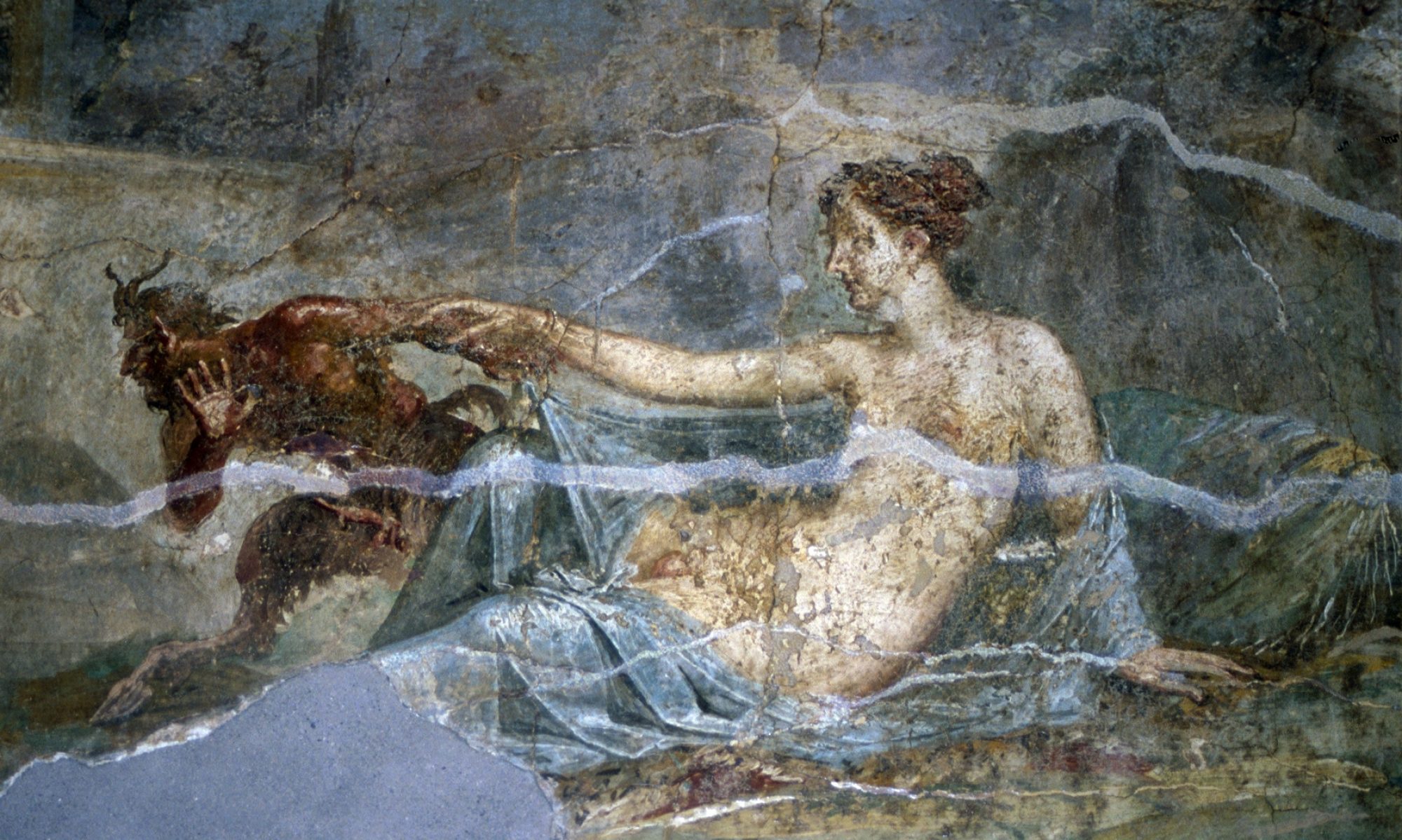
The document you need to download fill out and upload again.
Goals of this Assignment:
- Build awareness of how scholars use each others work
- Practice decoding citation systems
- Practice finding secondary literature
Good things to know as you follow the directions on the sheet itself:
In the study of the Ancient Mediterranean two types of source citation are common.
For primary texts it will be an abbreviation and a number (usually book and verse or book and section, a lot like religious texts are cited.)
Cic. Att. 2.18.4 = Cicero, Letters to Atticus, Book 2, letter 18, section 4
Hom. Il. 3.343 = Homer’s Iliad book 3 line 343 (in the GREEK, not the translation!)
To decode these you need to consult lists of standard abbreviations (or after some time most of us just guess). There are many different standars used, so one has to check different guides: OCD , Gill’s list, L&S list.… The easiest way though is to email me and just ask.
For this assignment just avoid such references! The type of reference you want your footnote to have will probably look like on of these.
Millar, op. cit., p. 100
Millar (1995): 100
Millar 1995
Op. cit. is very irritating and thankfully falling out of fashion: Wikipedia explains it well.
Once you find a reference that looks like this to a piece of secondary literature, you must then decode the citation using the article’s bibliography or other online tools like L’Annee Philologique and then use BC library tools and anything else you like to find the WHOLE TEXT of the cited work.
Millar, Fergus. “The Roman libertus and civic freedom.” Arethusa 28, no. 1 (1995): 99-105.
This a further instructional video is from 2015. There is further video instruction recorded in 2020 to be found on Bb. The main difference is we did NOT have OneSearch in 2015.

